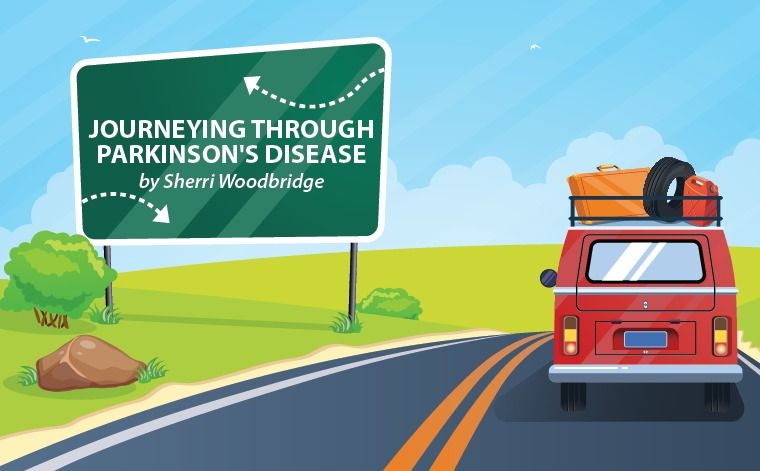A new study finds that gut bacteria from old mice can help rejuvenate the neurons of younger ones, suggesting that gut bacteria are key to aging.
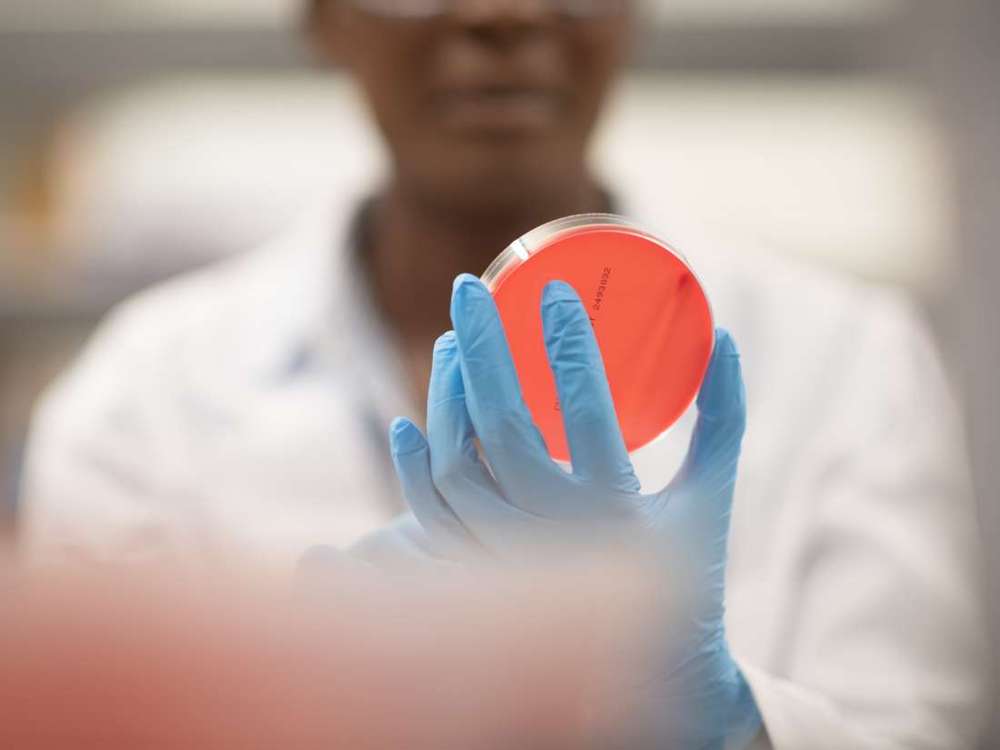


Why you feel like you’re falling when going to sleep?
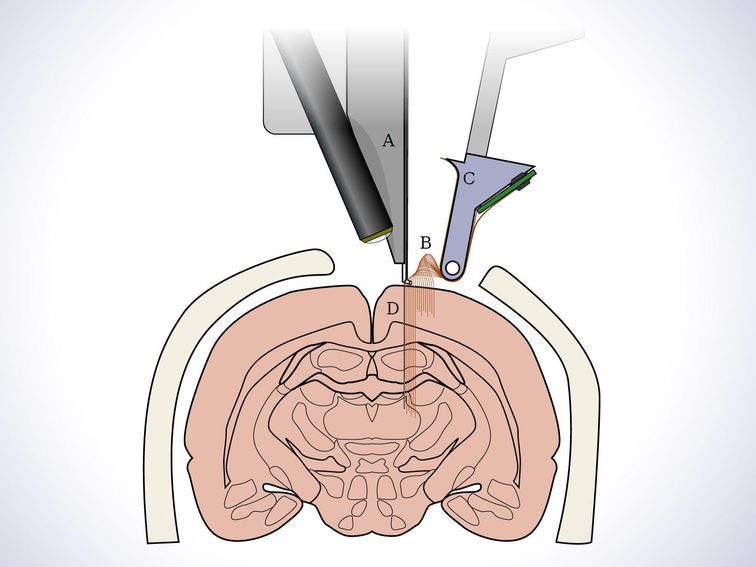
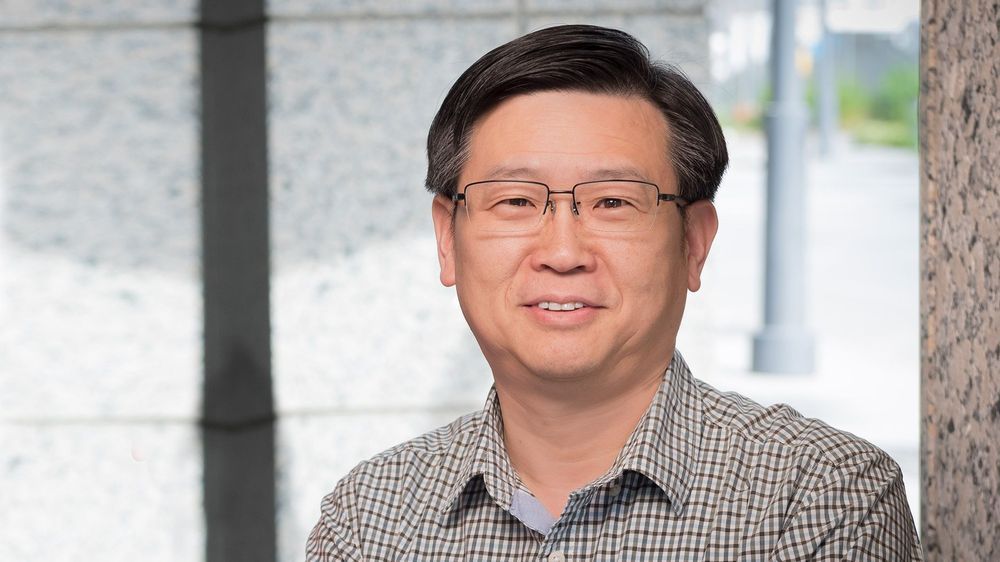

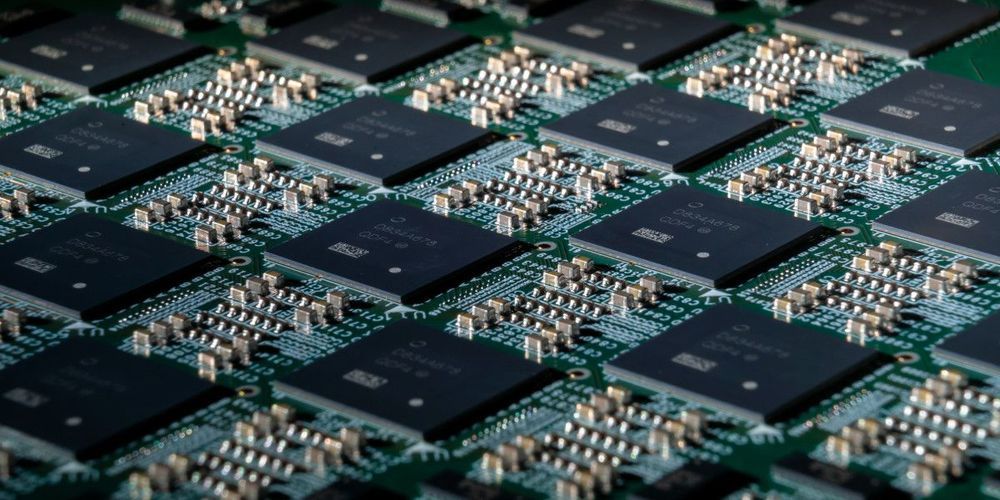
The answer, Markham says, may lie in a new breed of computing chips called neuromorphic processors that are designed to operate more like the human brain. Such chips may be able to function on just 1/100 or 1/1,000 of the electricity needed by today’s processors and be less reliant on sending data to cloud servers for analysis. Everyone from tech giants like Intel, IBM, and Qualcomm to startups like aiCTX and Brainchip are racing to develop this new kind of chip.
First major corporate partners come on board effort to create neuromorphic chips based on design of the human brain.
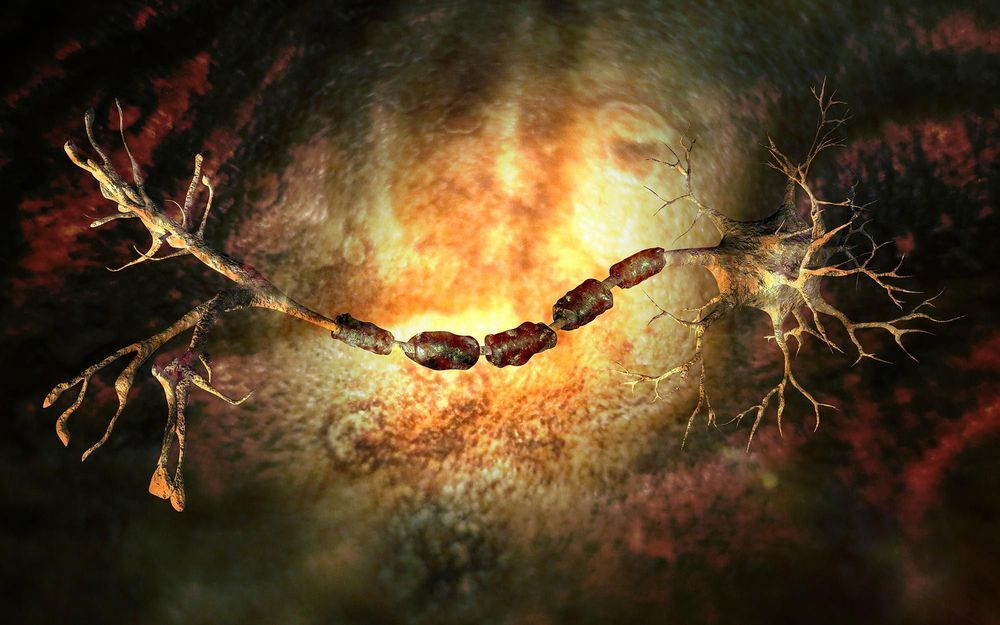
The brain cortex, the outside layer of our brain often referred to as grey matter, is one of the most complex structures found in living organisms. It gives us the advanced cognitive abilities that distinguish us from other animals.
Neuroscientist Professor Pierre Vanderhaeghen (VIB-KU Leuven, Université libre de Bruxelles) explains what makes the human brain so unique: “One remarkable feature of human neurons is their unusually long development. Neural circuits take years to reach full maturity in humans, but only a few weeks in mice or some months in monkeys.”
“This long period of maturation allows much more time for the modulation of brain cells and circuits, which allows us to learn efficiently for an extended period up until late adolescence. It’s a very important and unique feature for our species, but what lies at its origin remains a mystery.”
